A Hundred Days of Protest in Nicaragua
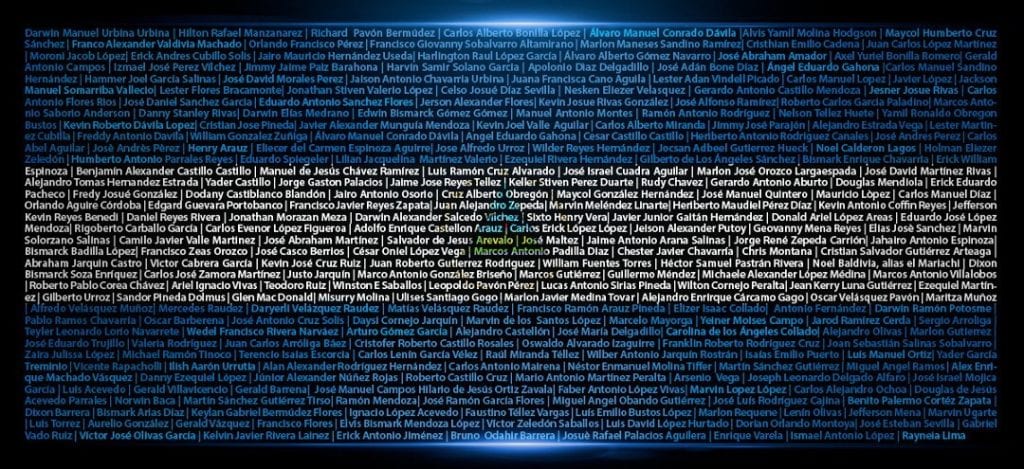
The more than 300 deaths cry out for justice and Ortega’s exit from power
Nicaragua marks one hundred days of struggle against a regime which is trying to impose “normalcy” with paramilitary terror and the criminalizing of protest
By Arlen Cerda (Confidencial)
HAVANA TIMES – A hundred days ago in Nicaragua, Darwin Urbina was alive. On the morning of the day he was killed, he left his house to go to work. At the end of his workday he decided to visit his mother who lived near the Polytechnic University to confirm that she was alright. He’d heard about the police attack on some twenty students who had begun a protest. Darwin, 29, didn’t reach the house alive: he died from a bullet to the throat. He was the first to die, the first of over 300.
On the afternoon of April 18, a protest against the unpopular reforms to Social Security ignited the spark of a civic rebellion in Managua, on the part of citizens opposing Daniel Ortega’s government after more than a decade in power. The repression at the hands of mobs from the government Sandinista Front played out as it had before, while the National Police stood by passively and watched. But this time the insults, attacks, blows and injuries failed to suffocate the protest. Without warning, Nicaragua awoke like an angry volcano.

One hundred days that changed Nicaragua
One hundred days after that April afternoon, Nicaraguans from all different walks of life recognize that the country isn’t the same. The National Anthem has never been sung so often and by so many united voices, in huge marches that stretched for four, five or seven kilometers along the streets of the capital. Nor has the national blue and white flag waved in so many hands. Since April, there’ve been 100 days of citizen resistance, which has brought together university students, civil society, farmers and business leaders.
One hundred days ago, however, Nicaraguans weren’t waking up to a daily count of the dead, missing or kidnapped. Many faces, now familiar, were completely unknown. Priests and bishops were occupied with masses and pastoral work that didn’t include dodging bullets together with 200 university students who had taken refuge in a church being riddled with gunfire. It was common to see one or another foreigner who had fallen in love with Nicaragua and settled here. What was inconceivable, and unknown was to come across armed and hooded men in the streets and highways, or raiding homes and neighborhoods.
2018 Reenactment of the FSLN Strategic Retreat
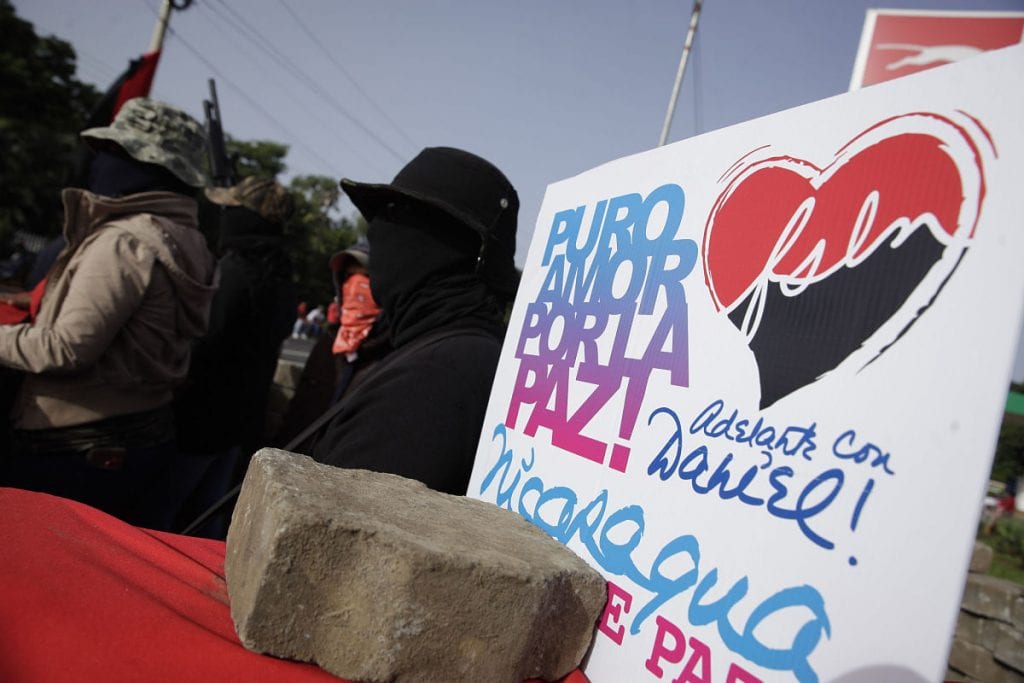
The children who in April played with a ball, thinking about the upcoming Soccer World Cup, by July had learned new words, such as “paramilitaries”. And there are some like Darvelis Velasquez, 2 ½, and his brother Matias, 5 months, whose games were abruptly ended when they perished in a fire, together with their parents and grandparents in the mattress factory that had served as their home in the Carlos Marx neighborhood. Or like Teylor Lorio of 14 months, who was shot while in the arms of his father last June 23 – Father’s Day in Nicaragua.
Nicaragua’s cry: “He has to go!”
From the streets and universities, at the foot of the roadblocks and now-dismantled barricades, in songs, poems, and memes shared on social media, outside the jails and the morgues and also from the cemeteries, a shout has crisscrossed Nicaragua: “Ortega must go!”
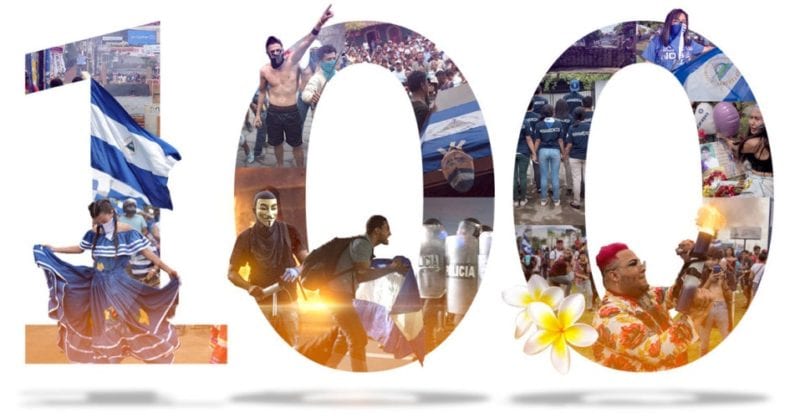
The government of Ortega and his wife and vice president Rosario Murillo has responded with death, persecution and terror. Murillo filed away her references to “the lovely, blessed and always free Nicaragua,” in favor of referring to the protests as “acts of vandalism”, and to the protestors as “tiny beings”, “plagues” and “satanic”. In addition, Ortega has spoken of “Coup plotters” financed by narcos, organized crime, the far right and the indispensable imperialism, ordering the passage of laws that criminalize protest under the guise of “terrorism”.
We’ve pulled together some of the principal articles, stories and analyses that have appeared in Confidencial, on the television news programs Esta Noche and Esta Semana and in the Niu web magazine during these first one hundred days of struggle against the Ortega-Murillo regime: the government massacre, the citizen resistance and the new scenarios that Nicaragua must confront.
April 18: the spark that ignited the rebellion
Police, shock forces and members of the Sandinista Youth repressed this protest by the youth and adults who had organized themselves through the movement #SOSINSS, attacking them with sticks, pipes and stones. The demonstrators had met at the Camino de Oriente area of the capital to protest the government’s (now unsuccessful) attempt to reform the Social Security system. One week previous, there had been other protests to criticize government negligence in combating a forest fire that consumed over 12,000 acres (5,000 hectares) of the Indio Maiz Biological Reserve. The media and its journalists didn’t escape these first assaults either.
The following day, the protests continued in the universities, where – little by little – first dozens, then hundreds and finally thousands of university students joined the student rebellion. This was the day that the first three deaths were registered: Darwin Urbina, 29; Hilton Manzanares, 33, a member of the riot squad; and the high school student, Richard Pavon Bermudez, 17. The tabulation of the killings had barely begun. The youth that were assaulted and wounded when they faced down rubber bullets and firearms with rocks and homemade mortars woke up the collective conscience, as in that song from the 70s composed by the Venezuelan group Los Guaraguao:
“Long live the students,
The garden of our joy
They’re birds that aren’t afraid
Of animals or the police.”
Que vivan los estudiantes
jardín de nuestra alegría,
son aves que no se asustan
de animal ni policía.
The dead
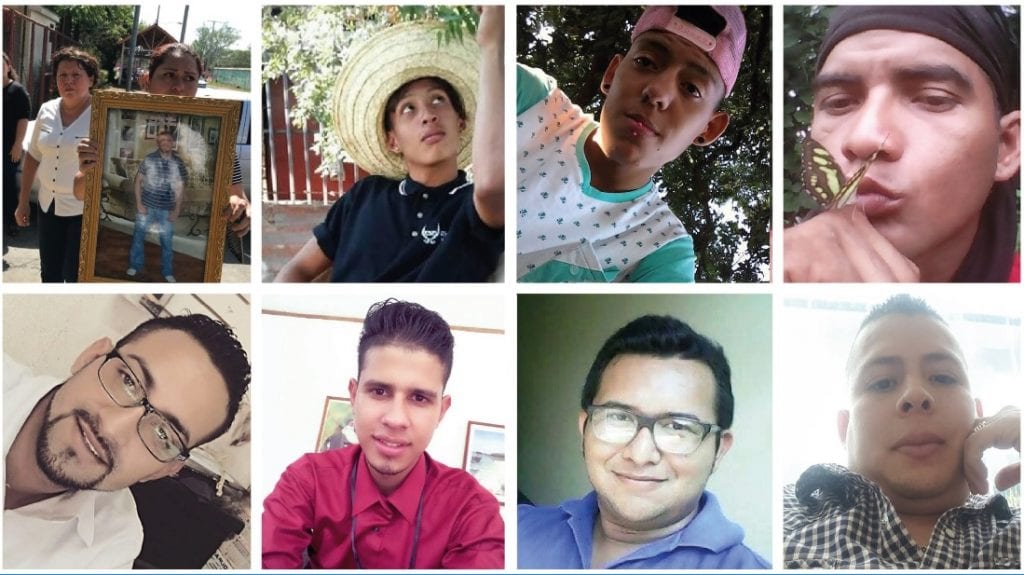
The challenge of the streets and the fall of the regime’s symbols
On April 21, the unthinkable continued to occur. In Managua, near the Metropolitan Cathedral, the demonstrators toppled the first of twenty-one “trees of life”. These metal structures with which Vice President Rosario Murillo had populated the main avenues of the capital had cost over US $20,000 each to install. The “tin trees” or “chayopalos” as residents scornfully called them, soon began to go down at a rate of two or three a day – on one afternoon, seven were pulled down.
The “logging” of the tin trees was a symbolic act against the regime, a demonstration that people in the streets had lost their fear. At the same time, some seven massive marches were held in the capital, replicated simultaneously in other cities. These marches spoke loudly and clearly, broadcasting Nicaraguans’ demands for liberty, justice and democracy.
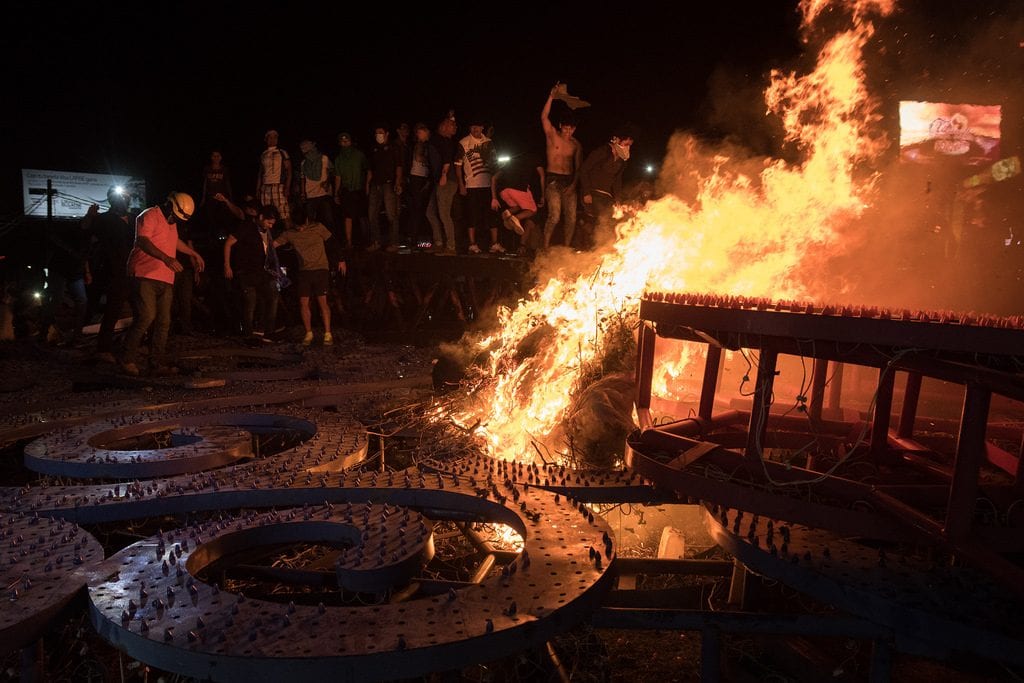
The march on May 30th, Mother’s Day in Nicaragua, in solidarity with those mothers who had lost children in the protests, filled the highway from the Jean Paul Genie Roundabout to the area around University Avenue. That day the regime raised its ante of death and terror. During this, the “mother” of all the peaceful marches, another 20 were massacred, joining a list that by that point totaled around a hundred dead.
Protests were also held behind closed doors, with two different national work stoppages of 24 hours each.
National Dialogue and the role of the IACHR
The first session of the National Dialogue, which is currently stalled, began on May 18, with a promise of a 72-hour ceasefire that wasn’t respected. Ortega only attended one session, the dialogue table’s inauguration on May 16. At that first meeting, student Lesther Aleman stood up to demand that Ortega order an end to the repression. Later, the bishops presented a schedule for democratization and justice which Ortega offered no comment on, until finally rejecting it.
But the dialogue did succeed in having a group from the Inter-American Commission for Human Rights (IACHR) come to Nicaragua to observe and gather the population’s complaints. The delegation left the country having counted 76 deaths, but by the time it presented its report to the OAS Permanent Commission, the total had already grown to 127, without the government making any effort to end the repression.





